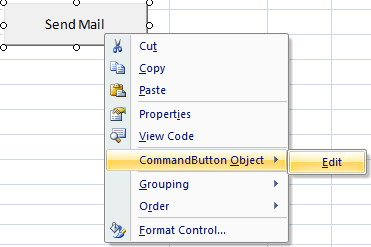

This formula exploits this behavior by creating an array that contains only 1s and errors, then deliberately looking for the value 2, which will never be found. When lookup_value is greater than all values in lookup_array, default behavior is to "fall back" to the previous value. Where item (B5:B12) and price (D5:D12) are named ranges. In the screen below, the formula in G5 is: =LOOKUP(2,1/(item=F5),price) Similar to the above example, the lookup function can be used to look up the latest price in data sorted in ascending order by date. The key to understanding this formula is to recognize that the lookup_value of 2 is deliberately larger than any values that will appear in the lookup_vector. This is not an intuitive formula, but it works well. In the screen below, the formula in F6 is: =LOOKUP(2,1/(B:B""),B:B) LOOKUP can be used to get the value of the last filled (non-empty) cell in a column.

In both formulas, LOOKUP automatically performs an approximate match and it is therefore important that lookup_vector is sorted in ascending order. Notice in this case, both lookup_vector and result_vector are provided: =LOOKUP(F4,B5:B9,C5:C9) // returns corresponding tier The formula in cell F6 returns the corresponding Tier value from column C. Note that result_vector is not provided: =LOOKUP(F4,B5:B9) // returns match in level In the example shown above, the formula in cell F5 returns the value of the match found in column B. When LOOKUP can't find a match, it will match the next smallest value. LOOKUP assumes that values in lookup_vector are sorted in ascending order and always performs an approximate match. For example, LOOKUP can be used to retrieve an approximate-matched value instead of a position and to find the last value in a row or column. LOOKUP has default behaviors that make it useful when solving certain problems. If result_vector is not provided, LOOKUP returns the value of the match found in lookup_vector. When result_vector is provided, LOOKUP locates a match in the lookup_vector, and returns the corresponding value from result_vector. The third argument, result_vector, is a one-row, or one-column range of results. LOOKUP assumes that lookup_vector is sorted in ascending order. The second argument, lookup_vector, is a one-row, or one-column range to search. The first argument, lookup_value, is the value to look for. The LOOKUP function accepts three arguments: lookup_value, lookup_vector, and result_vector. The majority of this article describes the vector form, but the last example below illustrates the array form. The lookup function has two forms, vector and array. Use the LOOKUP function to look up a value in a one-column or one-row range, and retrieve a value from the same position in another one-column or one-row range.


 0 kommentar(er)
0 kommentar(er)
